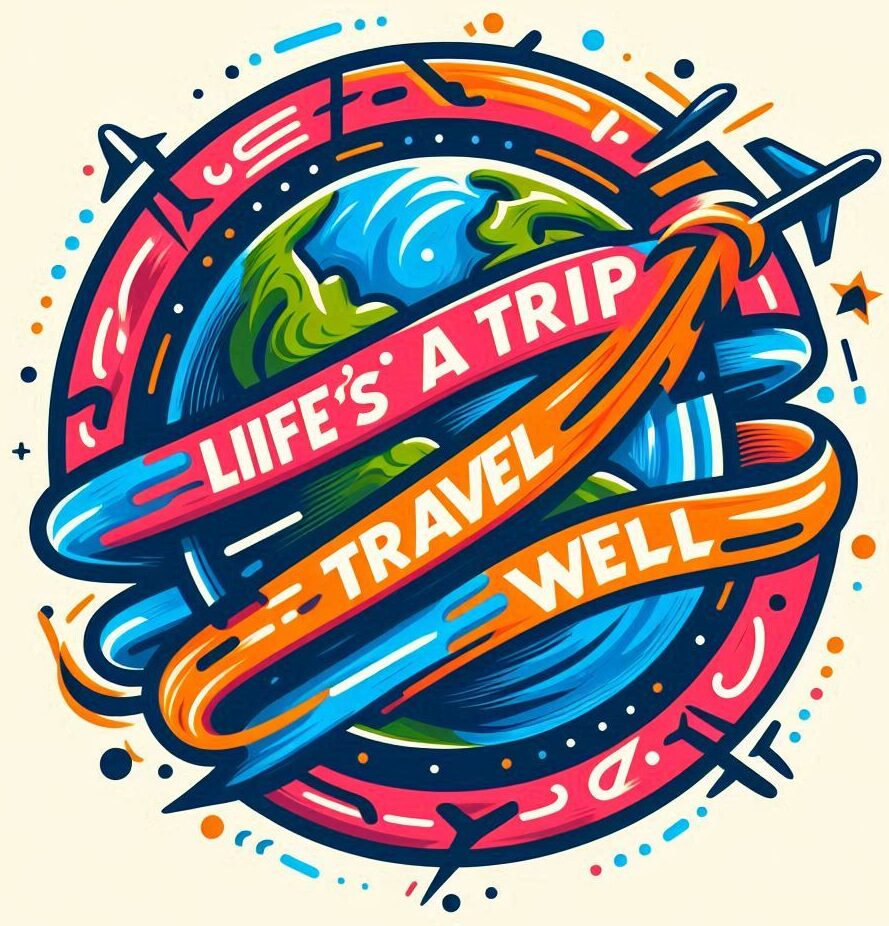 The allure of slow travel lies in its fundamental shift from mere destination-hopping to genuinely enjoying the journey itself. This movement, growing in popularity, encourages travelers to immerse themselves in their surroundings, fostering deeper connections with places and people.
The allure of slow travel lies in its fundamental shift from mere destination-hopping to genuinely enjoying the journey itself. This movement, growing in popularity, encourages travelers to immerse themselves in their surroundings, fostering deeper connections with places and people.
Tracing the roots of slow travel reveals a thoughtful response to the ever-increasing pace of modern life and tourism. Inspired by the Slow Food movement, which promotes local cooking traditions and sustainable ingredients, slow travel champions authentic experiences over rushed itineraries.
There’s a striking contrast between traditional travel and the slow approach. Where typical tourism might cram sights into a tight schedule, slow travel allows for pauses, detours, and spontaneous adventures — a chance to watch a sunset rather than seeing it through a bus window.
The mental and emotional benefits are vast. By reducing the urge to tick off every must-see landmark, travelers can find joy in the small discoveries and moments that often go unnoticed. This slower pace can lead to a more restful and enriching vacation, as well as offering the time to truly recharge.
Finally, let’s not overlook the greener side of things. Embracing slow travel often means opting for slower modes of transportation, like trains or bikes, which can contribute to lower carbon footprints. Moreover, spending more time in fewer places can reduce the environmental strain on popular tourist spots, promoting sustainability and responsible travel practices.
Reconnecting with Culture: Experiencing Destinations Deeply
When you’re all about diving into local cultures, slow travel can be your best friend. Spending more time in one place opens up chances for genuine interactions and experiences that rushed travels often miss.
A big part of this is immersing yourself in the community. Whether it’s joining a local festival, trying your hand at a traditional craft, or even just sharing a meal with locals, these experiences are what turn a trip into a real cultural connection.
Knowing a bit of the local lingo never hurts either. Even simple phrases can break the ice and show respect for the culture you’re experiencing. It’s about making those connections that let you see a place through the eyes of those who call it home.
Consider travelers who’ve truly embraced living like locals. Their stories speak of lessons learned—not just about the destination, but also about themselves. These tales are often full of surprises, understanding, and a deeper appreciation for diversity.
Just remember, slow travel isn’t about checking off tourist hotspots. It’s about easing into the rhythm of the place you’re visiting, really getting to know it beyond the typical tourist attractions. This way, you not only take home photos but memories and friendships, too.
Mindful Exploration: The Mindful Traveler’s Toolkit
 Mindfulness is all about being present in the moment, which makes it a perfect fit for slow travel. Without a packed schedule, you can fully appreciate the sights, sounds, and smells of your surroundings and find joy in things you might usually overlook.
Mindfulness is all about being present in the moment, which makes it a perfect fit for slow travel. Without a packed schedule, you can fully appreciate the sights, sounds, and smells of your surroundings and find joy in things you might usually overlook.
Starting with simple techniques like mindful breathing or even just taking a moment to pause and observe can enhance your travel experience. This slows down your mind, making room for genuine appreciation and deeper connections to the places you visit.
Planning a slow travel adventure doesn’t mean leaving everything to chance. There are tools out there designed to assist. Consider travel apps focused on finding local experiences or those that promote sustainability.
Challenges in slow traveling, like dealing with unexpected changes or language barriers, are common. It helps to stay flexible and see these moments as part of the journey rather than obstacles. They often lead to the most memorable and transformative experiences.
On the tech side, use gadgets and apps wisely. They can enrich your travels by providing insights on culture or history, but avoid letting them pull you away from living in the moment. Balance is key to ensuring tech complements rather than dominates your travel experience.
Crafting Your Own Slow Travel Narrative
Storytelling transforms travel into something personal and unforgettable. When you take time to reflect on your experiences, those special moments become more vivid and meaningful.
Personal journaling during your trips isn’t just about writing what you did—it’s about capturing the emotions and insights that arise while you’re on the road. These reflections can serve as a window into your journey, making it easier to remember the little details that make each trip unique.
For those who feel inclined to share their stories, there are plenty of platforms available. From blogs to social media, sharing your travel tales can connect you with others who share your passion for slow travel. It’s an opportunity to inspire and be inspired by fellow travelers.
Connecting with a community of like-minded individuals who appreciate the art of slow travel can enrich your own experiences. Whether online or in-person, these communities can offer support, advice, and camaraderie, ensuring the spirit of slow travel continues to flourish.
Ultimately, this holistic approach to travel transforms each journey into a narrative that reflects not just where you’ve been, but who you’ve become in the process.

